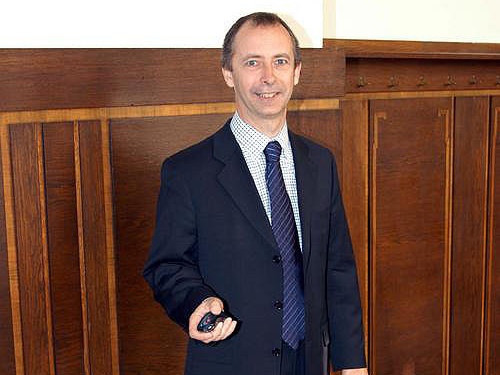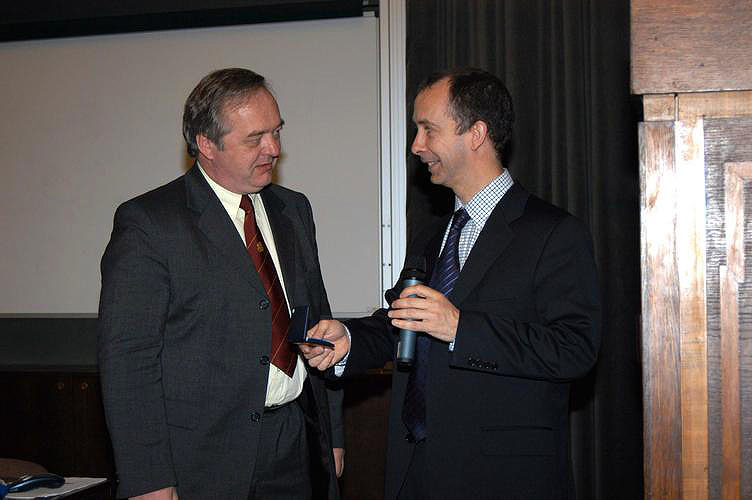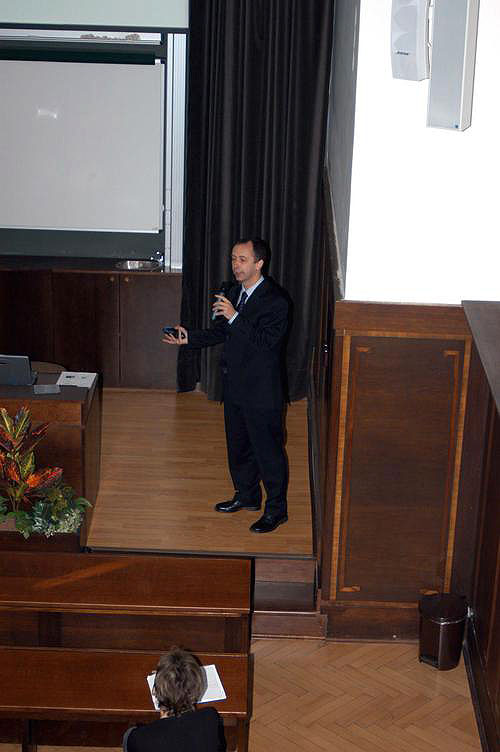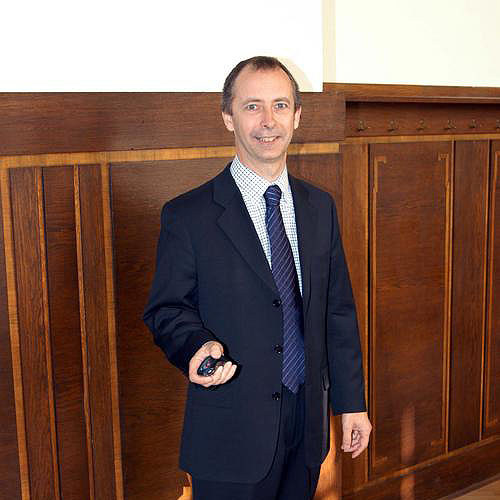
Prof. Timothy Skern (Medical University of Vienna, Austria)
Structure-function relationships in picornaviral proteinases
Abstract
In order to replicate successfully, viruses must interact with their host cells. In some cases, the cells are hi-jacked and subsequently killed; in other cases, the viruses may reprogramm a cell to behave in an unusual way. This reprogramming can be immediate or take place years later. Whatever the outcome, it is achieved by viral proteins interacting in a specific way with cellular molecules.
My group has been using picornaviruses, a group of positive-strand RNA viruses as model systems. The common cold virus, hepatitis A virus, foot-and-mouth disease virus (FMDV) and poliovirus are members of the picornavirus family. During their replication, these viruses shut down or modulate a variety of cellular processes, such as RNA and protein synthesis, protein trafficking and membrane synthesis as well as causing changes in the morphology of the cell. This is an impressive achievement when one considers that the picornaviruses code for at most 14 mature viral proteins, compared to the thirty thousand genes of the host cell. In addition, the modifications are rapid. In cell culture at least, a foot-and-mouth disease virus or poliovirus infection is over within five hours.
We have been investigating the effects of selected picornaviruses on the rate of protein synthesis in the infected cell. For instance, during the infection by FMDV or by a common cold virus, the rate of protein synthesis initially drops as the host cell is prevented from translating its own capped mRNA; later, the rate rises again as translation begins on the newly synthesized viral RNA. What are the molecular events leading to these phenomena? Both viruses encode a proteinase which cleaves the host protein, eIF (eukaryotic initiation factor) 4G. This large, heterogeneous protein has binding sites for several proteins, including the initiation factors eIF4E and eIF3. eIF4E binds the cap-structure present at the 5´ end of most cellular mRNAs; eIF3 is a complex of 10 - 12 proteins which bind to the 40S ribosomal subunit. Thus, the capped mRNA is recruited to the ribosome through the ability of eIF4G to bind to eIF4E and eIF3. Cleavage of the eIF4G by the proteinases of FMDV and the common cold virus separates these two binding sites and prevents the recruitment of the mRNA. In contrast, the viral RNA is not capped; protein synthesis initiates on a higher-ordered RNA structure present in the 5´ non-translated region. Initiation from this element does not require eIF4E.
Despite using a common mechanism, the FMDV L proteinase and the common cold virus 2A proteinase which cleave eIF4G do not share any structural similarities. The FMDV L proteinase is a papain-like cysteine proteinase; its structure has been determined in a collaboration with Alba Guarné and Ignacio Fita in Barcelona and my group. In contrast, the 2A proteinase of the common cold virus is a cysteine proteinase with a fold resembling that of a chymotrypsin-like serine proteinase. The differences are not just structural; they also give rise to different substrate specificities, as the L proteinase and the 2A proteinase cleave the eIF4G at sites lying six amino acids apart.
Present work is focussed on structure-function relationships within the FMDV L proteinase and 2A proteinase. Data will be presented on how exactly the proteinase recognise their substrates, how catalysis is achieved and whether the enzymes can cleave other proteins in the infected cell.






